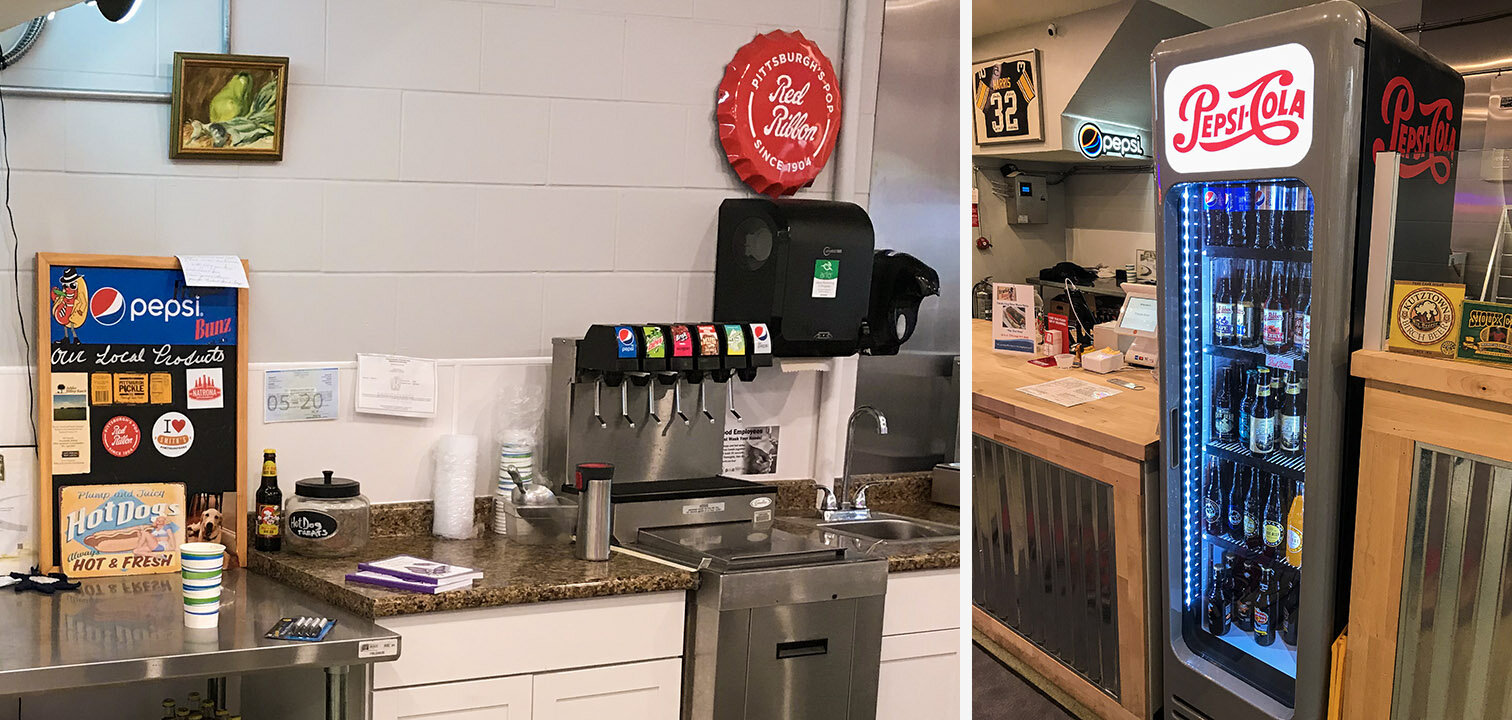This update is coming in late, as I’ve been trying to come up with some way to explain the difficulties I’m facing with this project, while also respecting the privacy and IP. I’m leaning heavy on metaphor, but…
Imagine there are three people sitting at a bar. One of them speaks Dutch, English, and German (but only okay German, not great). Another speaks Spanish, some English (okay-ish grammar, few nouns), and fluent German. The last person at the table is a little bit unusual. They’re a rapper from Japan, they speak fluent Japanese and a little English. As a child they were an exchange student in Germany, but they’ve forgotten most of what they learned. The rapper also insists on speaking-as-quickly-as-their-mouth-can-run. They never slow down. Speed is everything.
They all have some overlap, however imperfect, in their spoken languages, but none can understand each other perfectly. This is what it feels like to develop assets for a still-in-beta realtime engine, while leveraging a parametric modeler, an open source 3D creator tool, and adhering to standards from a professional VFX and CGI-specific 3D tool.
This week my primary focus has been on getting Blender and Unreal Engine to talk to each other. Unreal prefers FBX file format (Autodesk Maya Native). Blender can export most data in this format, but there are a few catches:
No shape keys
Subdivision data is limited to a single iteration
Dynamic animation can only be exported with baked physics, and is limited to vertices and face transformations (kind of, depending on what you’re doing).
Additionally, Unreal doesn’t quite understand Blender’s material system. It will still export textures and UV map data, but you’ll need to build the material blueprint to recreate whatever you have in Blender. It is far from being a 1:1 exchange.
There are also a many weird quirks:
In Blender, the default units are meters. In Unreal, the default unit is centimeters. Before exporting from Blender, you need to set Unit Scale to 0.01. If you switch units in Blender to centimeters and leave the Unit Scale at the default of 1.0, then you’ll experience strange anomalies for things like collider bodies, skeleton mesh, etc..
In naming the rigging elements (IK skeletons, etc.), you DO NOT name any bones “root,” because Unreal will assume a hierarchy which may differ from your hierarchy (parenting) in Blender. However, you may rename the Armature container to “root” to conform to Unreal’s hierarchy.
Lastly, the only rigging data that reliably translates between Blender and Unreal Engine are deform bones and baked animations/transformations.
I’ve reached a stumbling block with my current 3D character. I can rig the character to animate, and even output that data in a manner which Unreal Engine can interpret. This comes at the expense of a vital visual element that was procedurally generated. What comes next is a difficult choice:
I can either integrate procedurally generated elements into a single mesh geometry (potentially compromising some rendering performance and visual fidelity) but without having to rework existing animation and rigging, or I can attempt to recreate the procedural mesh instancing I developed inside Blender but natively within Unreal. The former will be labor intensive, but I understand the tools well enough to work consistently toward a known output. The latter involves many unknowns, but I will also gain a deeper understanding of workflows within Unreal Engine. I’m attracted to this latter option, but I don’t know if it is best for the client and their expectations.





